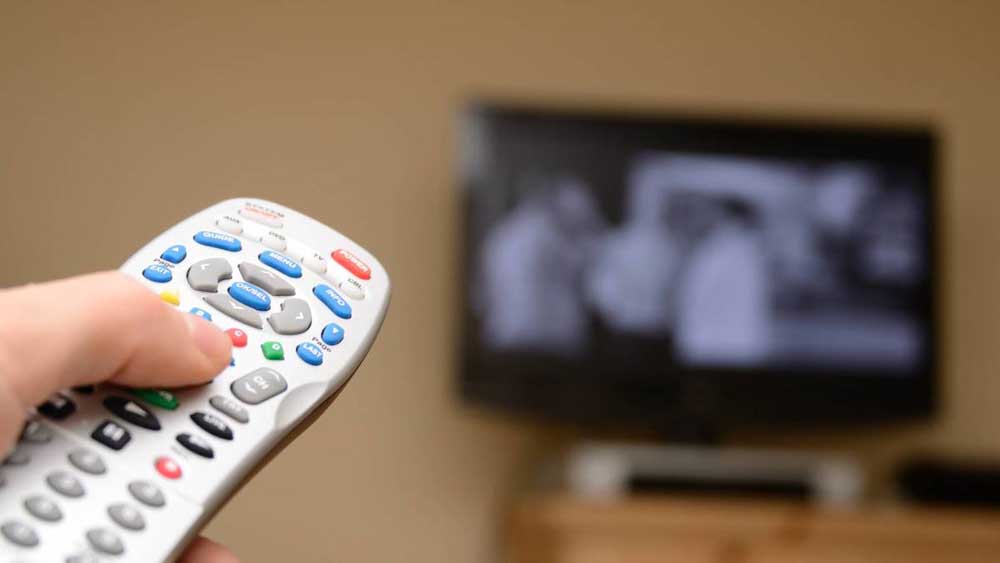Amazon’s video ad push aims to turn TVs into shopping carts
Published 9:07 am Monday, January 29, 2024

- cable-tv-shutterstock-112223-edit
Amazon.com Inc., joining streaming peers like Netflix, Disney and Peacock, will start running ads on its Prime Video service this week.
Beside generating new revenue for its $50 billion-plus advertising business, the e-commerce giant is betting it can persuade viewers to shop from their televisions.
Trending
For decades, TV commercials have inspired and influenced future buying decisions rather than impulse purchases, and that hasn’t changed in the streaming era. Flo from Progressive still dukes it out with Geico’s gecko to peddle car insurance. She’s just increasingly seen on YouTube or Hulu rather than NBC.
Amazon has the potential to upend the status quo because it’s the world’s largest online retailer, with detailed shopping profiles on Prime Video viewers. The company has an unrivaled delivery network that can ship millions products to much of the US population in a day or less. That combination could make the living room TV screen more than a place to spotlight brands. It could compel people to make purchases via smartphones, remote controls or voice-activated devices.
“Prime Video might be Amazon’s best hope to make shoppable TV actually happen,” said Sky Canaves, an analyst at Insider Intelligence in New York. “Shoppable video ads will be part of its strategy to get brands that are already selling products on Amazon to advertise on Prime Video.”
Selling billions of dollars in advertising will be the easy part. Brands for years have been shifting their marketing budgets from traditional TV to streaming services, and Amazon is offering low rates to reach a U.S. audience second only to Netflix Inc. But training viewers to use their televisions as shopping carts and compelling advertisers to rethink an 80-year-old format will take time and effort-and could well fail as it has so many times before.
Prime subscribers will see commercials in movies and TV shows unless they choose to pay an extra $3 a month for an ad-free service. In an effort to avoid alienating viewers, Amazon plans to air fewer ads than linear television and other streaming providers. (The company prohibits election and alcohol commercials.)
In part because the video service is included in a Prime subscription that offers speedy shipping, music and other perks, most viewers are expected to accept the ads without much protest. Bank of America analysts estimate that 70% of Prime subscribers will opt to watch commercials rather than pay the extra fee to avoid them.
Trending
Amazon expects Prime Video ads to reach 115 million U.S. viewers each month. BofA estimates that the new business will generate $5 billion in annual revenue right out of the gate, with $3 billion from ad sales and an additional $1.8 billion from Amazon Prime subscribers who opt to pay the higher price for ad-free content.
Amazon will quickly supplant Google’s YouTube next year to be the No. 2 seller of connected TV advertising in the US behind Hulu, according to Insider Intelligence. Netflix has a larger audience, but it let subscribers opt into a lower-cost, ad-supported tier. Amazon is forcing the ads on everyone unless they opt to pay more, which is expected to give it a large advertising audience immediately.
“Prime Video might be Amazon’s best hope to make shoppable TV actually happen. Shoppable video ads will be part of its strategy to get brands that are already selling products on Amazon to advertise on Prime Video.”
— Sky Canaves, TV analyst








